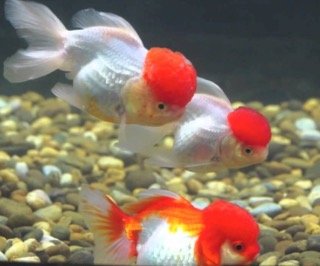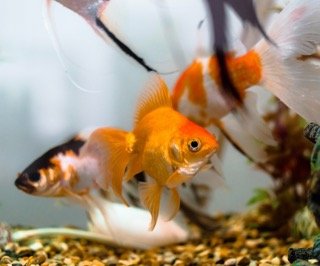
Betta, the eye-catcher of the Aquarium
Betta fish also known as Siamese fighting fish are vibrantly colored fish found in South Asian countries namely Cambodia, Laos, Myanmar, Malaysia, Indonesia, Thailand, and Vietnam. They are one of the 73 species of Genus Betta and due to their popularity of being the most loved aquarium pet, they have become accommodation in most of the parts of the world where people are fond of keeping fish as their hobbies. They attract people’s attention quite naturally on account of them having various beautiful and vibrant colors as well as different types of tails. They get their names with the types of tails they have got. Some examples of the types of Bettas on account of the types of their tails are as follows.
Plakat Betta has shorter fins and tails as well as rounded tails.
Veil Tail Bettas are the prominent types of all the Bettas. They have got longer, flowing, and hanging tails.
Crown tail Bettas, as the name suggests, have tails pronging in all directions and because of this, their tails appear to be crowns.
Some other bettas having different tail types are combtail, halfmoon tail and double tail.
How they behave
As Betta lovers, we are all aware of how they behave. When betta fish are first bought as small babies, they are usually kept in small aquariums. As they grow, we move them to larger aquariums and introduce to other fish. By the time they are adult, they usually become fairly sociable with their fellow mates, but they will still avoid other fish if they can. Even when they have been introduced to other fish, they tend to only associate with their own ones or acquaintances. Based on our observation and experience, we notice that they stay calm, move slow and require small space just enough for their movement. This is why they can be accommodated even in a small aquarium, unlike other fish. When teased or threatened, they are aroused to have widened their fins and tails.
Betta fish-Origin, types and foods they eat
Being wild inhabitants found mostly in murky depths of Southeast Asia and carnivores, they love feeding on small invertebrates, plant roots, and even other smaller fish. These naturally available foods nourish them more strongly and thus they are intrinsically adaptive to their ecosystem.

Having knowledge of how we can give healthy and dietary food for our Betta fish can really help us to nurture them in a great way — as aquatic pets. Keeping in mind that they are fond of diets that are high in protein, we can give them insects and insect larvae, smaller fish. We must also keep an eye out or have some time away from their aquariums when eating meat foods should be avoided by having more nutritious things like vegetables (eacakes), grassfed meats such bovine feedings, raw eggs, dry leafy greens, nuts and seeds. This includes honeydew melons and grapes which make these dishes rich with antioxidants essential fatty acids while providing ample amounts nutrients alongside its natural health benefits. Don’t forget about those good fats too: omega 3/6 ratio! Apart from those mentioned foods, blood worms, and brine shrimps are among the foods that bettas mostly savor.
What we can do to let them flourish more
Nurturing the Bettas is quite complicated as well as critical as opposed to how easy it seems to us. Any species on earth endemic to a region when accommodated to any other particular geographical location or artificial environment such aquarium can cause them to react awkwardly. However, in the case of Bettas, which are endemic to South East Asia, it has been possible as always due to the fact they are fit enough to adjust to any geographical environment even when kept in an aquarium.
Over the years, we have learned ways to make life better for our betta fish. Instead of keeping them in small aquariums, we are now keeping them in large aquariums with lots of plants and hiding places. While it has always been possible to keep them in small aquariums, it is much better to keep them in big aquariums. This not only provides them with more space to swim around in, but it also gives the Betta fish a sense of security.
They can even flourish better and more provided we train ourselves more sophistically so as to understand the insights of how their health are, how they feed, and how they behave.



